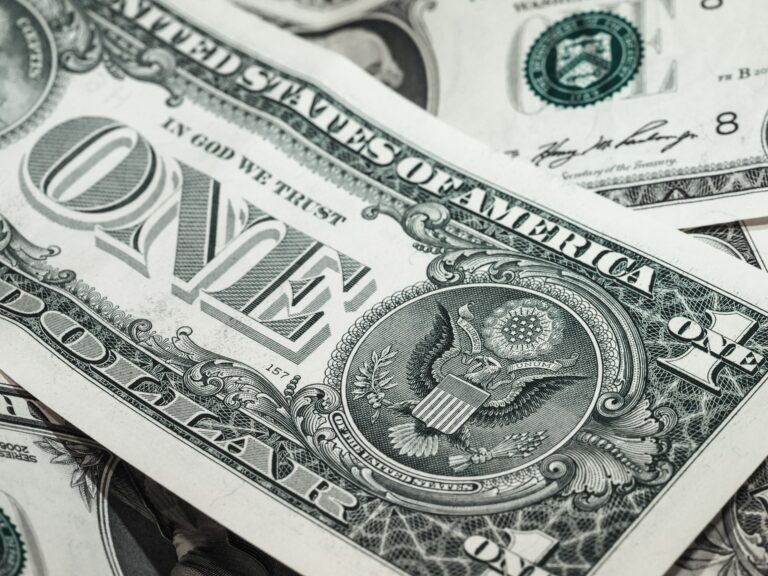
With Great Power
Last Thursday, the European Central Bank undertook and presented what is, and what will be, arguably their most important monetary policy decision of this year. In keeping with the dominant theme from the Governor who hasn’t raised rates since he took office in 2014, the monetary policy decision was vague, dovish and resulted in an unsettling sell off in the Euro and underlying debt/derivatives.
The decision was so widely anticipated largely due to a churning of the rumour mill following disturbingly hawkish comments from the ECB’s chief economist, Peter Praet. The bank’s chief eyes and ears suggested the ECB’s feverish debt accumulation, that was initiated to insulate the Eurozone economy during and after the European Sovereign Debt crisis, is now redundant and ought to be pulled back indefinitely.
Given that net asset purchases still run wild at an accumulation rate of 30bn Euros worth of corporate and sovereign debt each month, the comments were probably overdue. However, in the context of an assumedly perpetually dovish European Central Bank, the rumour mill did generate a considerable bid and buying episode behind the Euro.
Draghi’s subsequent decision did, as foreboded by the chief economist, discuss both the near turn outlook (pace) for the tapering of quantitative easing and its eventual extermination. However, in true arch-Dove fashion, it was achieved in the slowest, most elongated and laborious way possible by the Euro Area monetary authority.
Dragging his feet, the bank’s governor announced that net asset purchases would fall to 15 billion euros per month whilst keeping the reinvestment of matured bonds and debt at 100%. Moreover, given that the ECB has deified the concept of sequencing (whereby interest rates cannot move before the QE program is culled), Draghi pushed back expectations for the first-rate hike until nearly the end of 2019. In a ‘deliberately vague’ wording, the ECB’s top dog and 8th most powerful man on the planet (Forbes) put his name behind stagnant interest rates, at least through the Summer of 2019.
The QE program will end up being just shy of a 2.4 trillion Euro experiment to save the Eurozone. And, my gosh, it’s success, despite resting upon dubious academic and industrial grounds, can hardly be knocked! However, the program does, and will continue, to flood the market with excess above-equilibrium demand for European public and corporate debt instruments that would otherwise not exist. As such, it puts immense downward pressure upon debt yields (making the raising of capital for treasuries and corporates considerably cheaper) but also immense downward pressure on the single currency, the Euro.
Draghi’s taper was delivered, but only in the most reluctant and cautious way possible. Given that markets had expected a little more in the face of Praet’s comments and a long consideration of the Eurozone economy, the Euro tumbled by over 1.5% against the Dollar. The Euro therefore continues its fall against its international counterparts, however, as it simultaneously (de facto) becomes cheaper and its underlying assets more competitive, so too does inflationary pressure and the hope of, finally, a hike from the powerful man, who won’t use his powers!

Discussion and Analysis by Charles Porter

Click Here to Subscribe to the SGM-FX Newsletter
Related Insights

Daily Brief – Gold
Gold With Gold accounting for the second highest proportion of Central Bank reserves after the USD and the mood music shifting to it assuming a greater influence on future reserves management, it is worth looking at the numbers behind that. In the 1960s, Central Banks held the highest amount historically of 38,000 tons of gold. […]

Daily Brief – US Dollar
US Dollar Markets not liking POTUS pontificating on the Federal Reserve’s interest rate policy on Wednesday, and less still on his view about the competence or otherwise of Chairman Powell. Given the past few weeks, the betting is that Powell’s time is over either being replaced or having a Trump nominee second guessing him but […]

Daily Brief – NATO
NATO This week sees the 32 member countries of NATO convening in The Hague for the annual meeting which this time unsurprisingly is going to attract rather more in the way of news coverage than it has in previous years. The ECFR or the European Council of Foreign Relations has just completed a poll of […]


 Humphrey Percy
Humphrey Percy